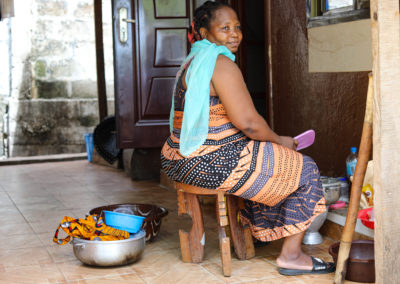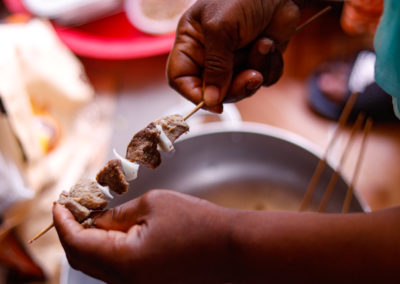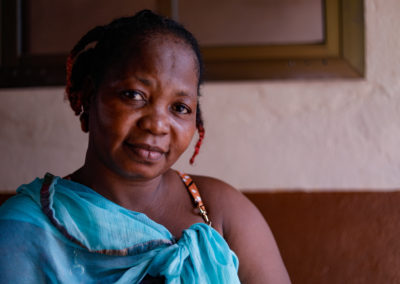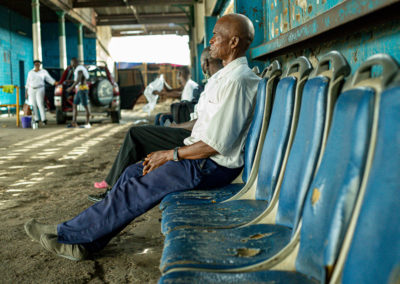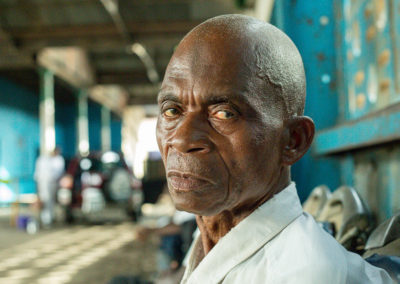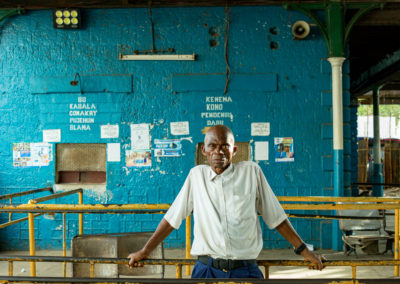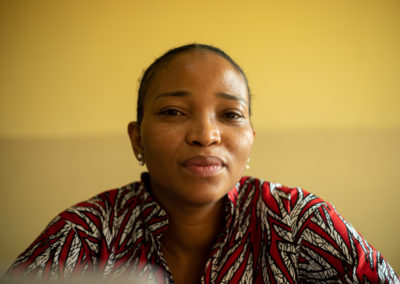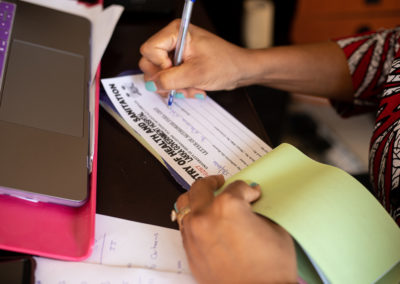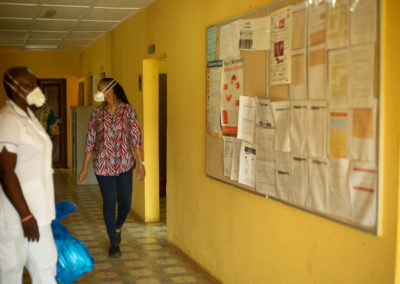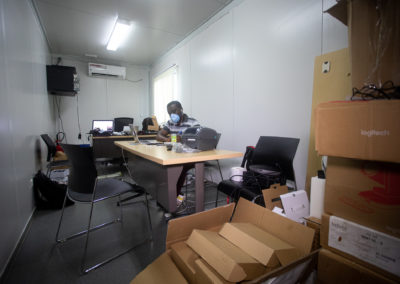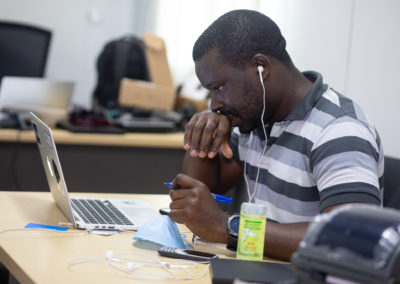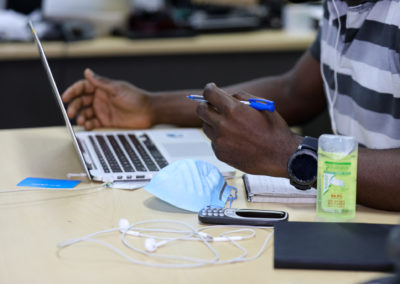Sierra Leoneans are no different from other citizens of the world regarding how they feel about being photographed or interviewed. If you want someone to share their story with you, you must first build a rapport with them. You can’t just walk up to a subject with a camera in hand and ask, “Can I take your picture”? Local customs and beliefs notwithstanding about pictures being sent overseas somewhere to high financial gain to the photographer. For documentary-style human interest stories, the way you approach your subject sets the interview’s tone and determines whether you gain permission to conduct the interview.
Last June, we received a brief to produce fifty human interest stories over six months to document the impact of the pandemic on “Essential Workers” in Sierra Leone.
For this project, essential workers were defined as:
• Healthcare workers • Waste Management workers • Transport services
• Food sellers/shop owners • Street hawkers • Teachers • Students
• Tailors • Water and Sanitation workers • Bakers • Domestic workers
• Farmers • Gravediggers • Local administration • Religious leaders etc
It was a digital marketing campaign that Open Society Initiative For West Africa (OSIWA) ran across five West African countries.
Here are three tips about your subject, the interview, and photos to guide your human interest documentary for social media campaigns for NGOs or nonprofit organizations.
The Subject: If your brief tells you the type of individual you’re to document, go to places where you know they’re bound to be present. For the Essential Stories series, I was on the streets of Freetown for at least 2-3 hours a day searching for subjects. Don’t walk around with your camera in hand. Keep your camera or recording tool in your back until you’ve already introduced yourself and explained the purpose of your visit. Be clear about what you want them to do (interview and photos), how long it will take, and why you’re asking them to participate. Do not promise anything that you know to be untrue (like telling them that someone will see their story and help them). When you’ve completed your interview and photography session, make sure to express gratitude for their time.
The interview: If you intend to do an interview, make sure you do that first before taking photos. I find that having a conversation first helps break the ice and set the tone for the pictures. Also, it helps build a more human connection between you and your subject. Prepare your questions before arrival for a smooth transition between the subject granting permission to the start of the interview. When you have your questions prepared in advance, it also builds trust. The interviewee will know you’re a professional and be more comfortable talking to you. Make sure you use an MP3 voice recorder, so you capture what was said.
The Photos: Documentary photography and portraiture are the best types for human interest stories. What you want to capture in pictures is the person you spoke to, their environment, the activity they do, and any other aspect that shows what they told you. The best way to capture someone in their natural element is to ask them what they would be doing if you weren’t there with them. Take photos from various focal lengths and angles. Go across the street (if possible), get close, climb up a ladder or a building (if possible), lay on the ground, or get as low as you can (if possible). Remember that your photos will tell another human being’s story, do them justice. The more angles and focal lengths you take, the more you increase your chances of documenting their experience. Don’t rush through photography. Take your time and allow your subject to get comfortable while trying to be as unintrusive as possible with your lens.
After each interview, I went back to listen to the recording. Then I translated the recording into English and drafted the interview in the first person voice. In total we produced 50 human interest for OSIWA’s campaign. Those images were shared on Facebook, Twitter, and Instagram. We also used the same content as blog posts on SwitSalone.
While human interest storytelling requires a photojournalistic approach (photographers must be trained in documentary), any NGO or institution looking to create content for advocacy or to show the impact of their work can follow this guide.

